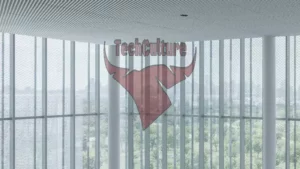AI-Powered Rifle Robot Sparks Controversy and Ethical Debate
A new AI-powered robot capable of aiming and firing a rifle with high precision has ignited a firestorm of controversy and ethical concerns. Developed by an engineer known as STS 3D, the robot integrates OpenAI’s ChatGPT, allowing it to respond to voice commands and demonstrating the potential for consumer-grade AI in weaponry.
A viral video showcasing the robot’s capabilities has drawn widespread attention. In the footage, the device rapidly responds to simulated attack commands, firing with alarming speed and accuracy. The engineer’s humorous interactions with the rifle, reminiscent of iconic film scenes, have only added to the video’s impact.
The invention has reignited debates about the ethics of AI in weaponry, echoing concerns previously raised by organizations such as the United Nations. Social media reactions have been swift, with many users drawing parallels to dystopian scenarios from popular culture.
Despite longstanding warnings from experts, the development of AI-controlled weapons appears to be accelerating. Military contractors are reportedly working on similar technologies, raising questions about the future of warfare and public safety.
The technical details of how STS 3D integrated OpenAI’s technology into the project remain unclear. OpenAI’s Realtime API, which enables voice-enabled interactions, could potentially be utilized in weapon system development. Recent updates to OpenAI’s usage guidelines have removed explicit bans on weapons development, though the company still prohibits harmful use of its technology.
This project aligns with broader trends in AI weaponization, as evidenced by ongoing military advancements. The fact that a hobbyist could create such a system underscores the increasing accessibility of AI technology, prompting urgent discussions about regulation and ethical boundaries.
As the debate continues, policymakers and tech leaders face mounting pressure to address the implications of AI in weaponry. The incident serves as a stark reminder of the rapid pace of technological advancement and the complex ethical landscape it creates.



